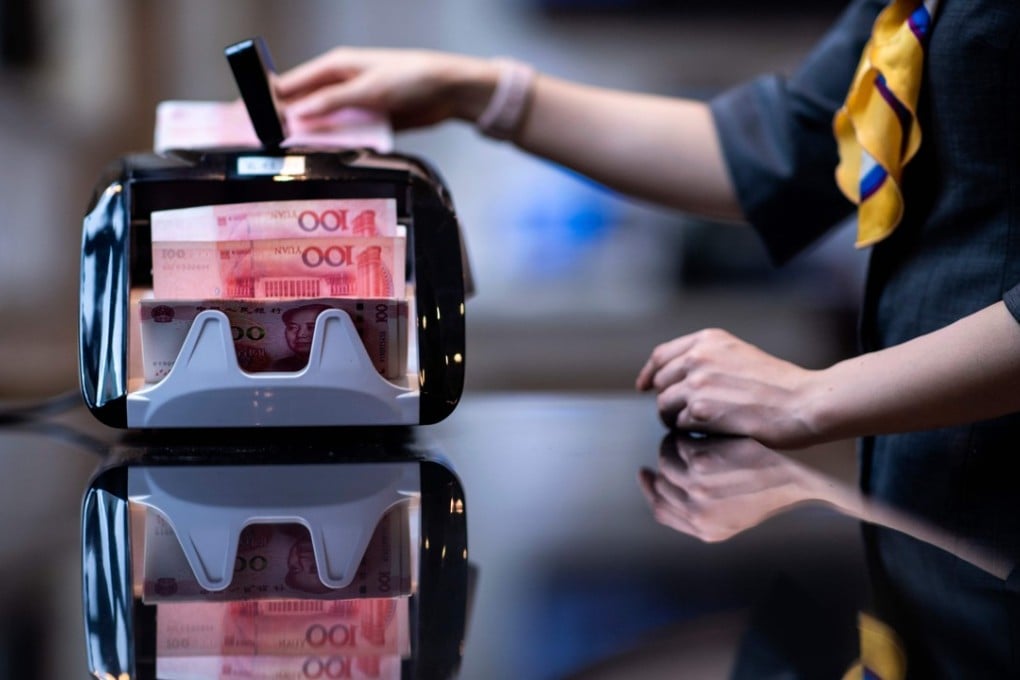Macroscope | China’s yuan sinks, but neither its central bank nor investors are showing signs of panic
Yu Yongding says while the current depreciation in the yuan appears sharper than in the 2015-17 crisis that rattled investors, the PBOC has yet to intervene in the market the way it did then, signalling that it is serious about exchange rate reform

The latest decline has been even sharper. After more than a year of appreciation, the exchange rate began to weaken in the second quarter of 2018 – a drop that accelerated significantly in June, when the currency suffered its largest-ever monthly decline against the US dollar. So far, the renminbi has depreciated by over 8 per cent against the dollar.
Yet, in contrast to the last round of renminbi depreciation, investors aren’t panicking. The average volume of daily transactions in the foreign-exchange market amounts to only about half of the average in 2015 and 2016. With a relatively small volume of transactions, even relatively tepid excess demand for US dollars can have a significant impact on the exchange rate.
